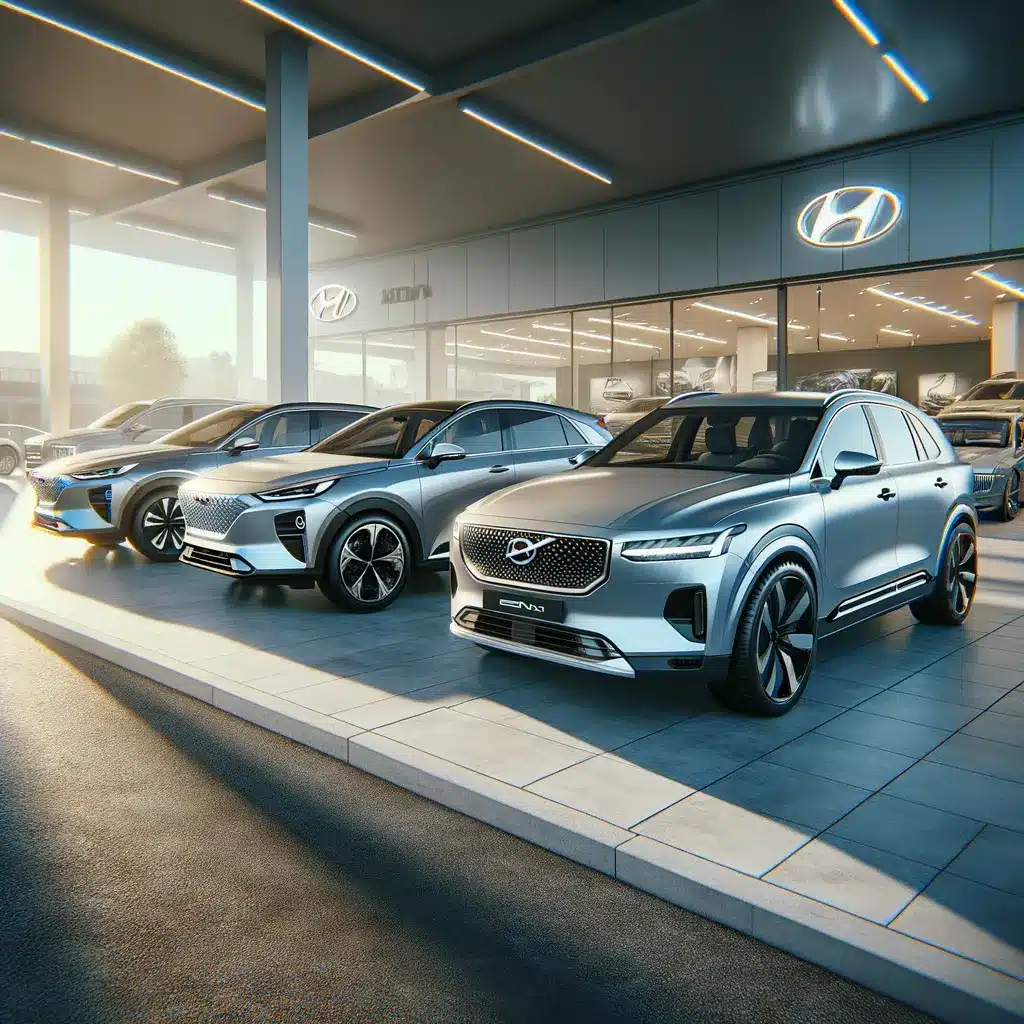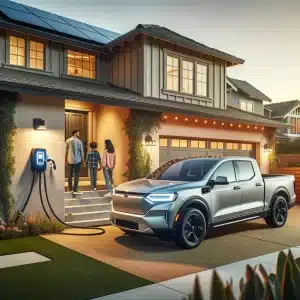Meet the Hyundai Ioniq 9: A New Era for 3-Row Family EVs
Bigger batteries, bigger cabins and bigger expectations have shaped the new Hyundai Ioniq 9—and it arrives squarely in the sweet spot for families that need seven genuine seats without sacrificing zero-emission driving. Stretching more than five metres long and tipping the scales at over two tonnes, the Hyundai Ioniq 9 is the brand’s boldest interpretation of its E-GMP platform yet. With a 110 kWh battery, up to 385 miles of WLTP range and 233 kW peak DC charging, this three-row electric SUV promises road-trip readiness and quick top-ups. But impressive numbers only tell part of the story. Inside, you’ll find lounge-like seating, 100 W USB-C charge points in every row and an 88-litre frunk—details that prove Hyundai has listened to families who live out of their vehicles on busy weekends. Throughout this Hyundai Ioniq 9 review we’ll examine exterior styling, interior tech, performance, charging speeds and how its pricing stacks up against rivals like the Kia EV9 and Volvo EX90. If you’re also researching the smaller Hyundai Ioniq 5 or need a refresher on fast-charging etiquette, keep reading—we’ll link to those resources as we go. For now, let’s dive into what makes this family electric vehicle such a compelling proposition.
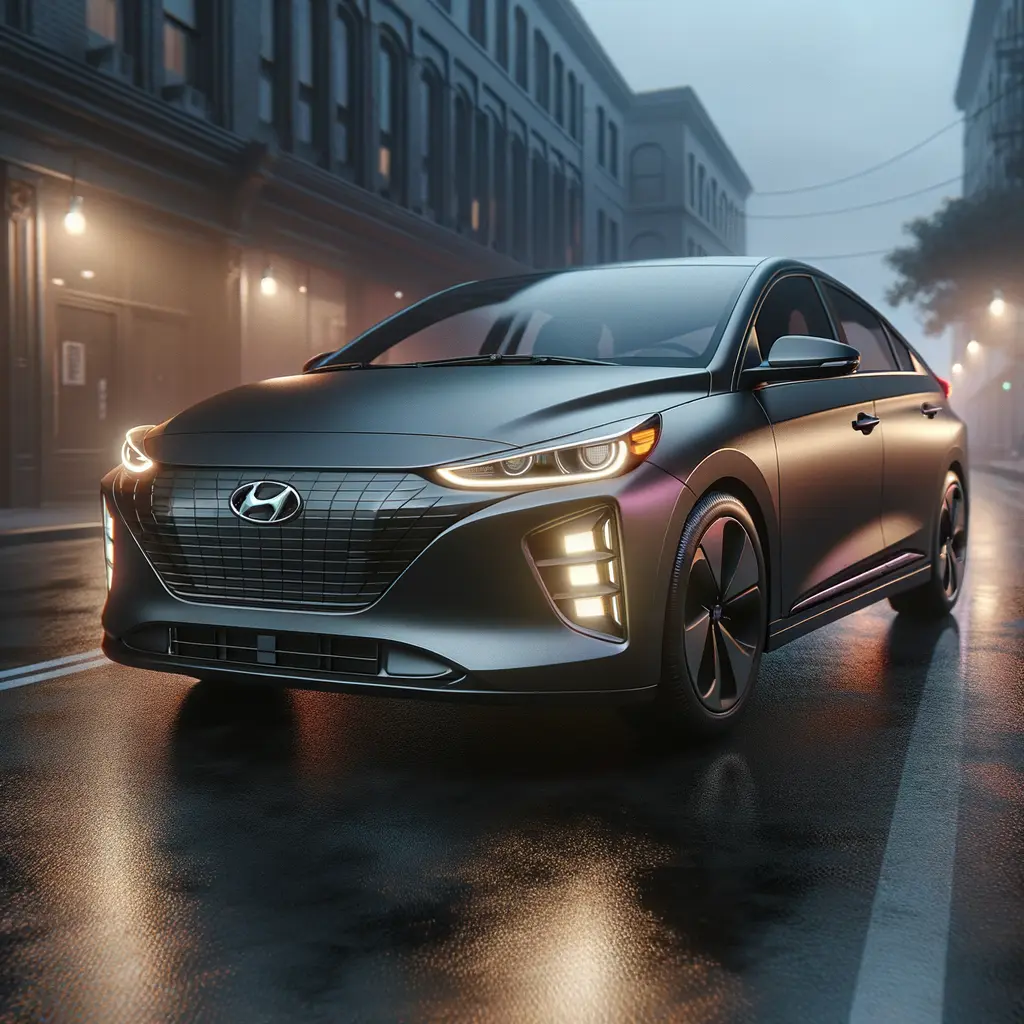
Exterior Design: Brutalist Boxes Meet Aero Efficiency
Hyundai calls the Ioniq 9’s styling “Parametric Pixel,” but most parents will simply call it eye-catching. The SUV’s slab-sided silhouette, 20-inch aero wheels and distinctive pixel LED light signatures turn heads in school-run traffic and on the motorway alike. Measuring just over 5 m long, 2 m wide and 1.8 m tall, the body is unapologetically boxy—yet its 0.29 drag coefficient slips through the air more cleanly than many smaller crossovers. Functional touches abound: flush door handles reduce turbulence, active aero flaps open only when extra battery or brake cooling is required, and sturdy roof rails support bikes or a roof box for those longer adventures. Around back, a full-width horseshoe lighting bar doubles as a highly visible brake lamp, while a hidden rear wiper tidies up the glass for clear visibility. Opting for the £1,000 digital side-mirror cameras shaves a fraction more drag, though traditional mirrors remain standard and many drivers prefer their natural depth perception. Hyundai offers Premium, Ultimate and Calligraphy trims, each adding distinctive wheel designs—19-, 20- or 21-inch respectively—and subtle chrome or dark metal accents. If you’re comparing exterior practicality to the Kia EV9 or the upcoming Hyundai Santa Fe plug-in hybrid, note that the Ioniq 9’s near-vertical rear end creates a cavernous boot even with all three rows upright.
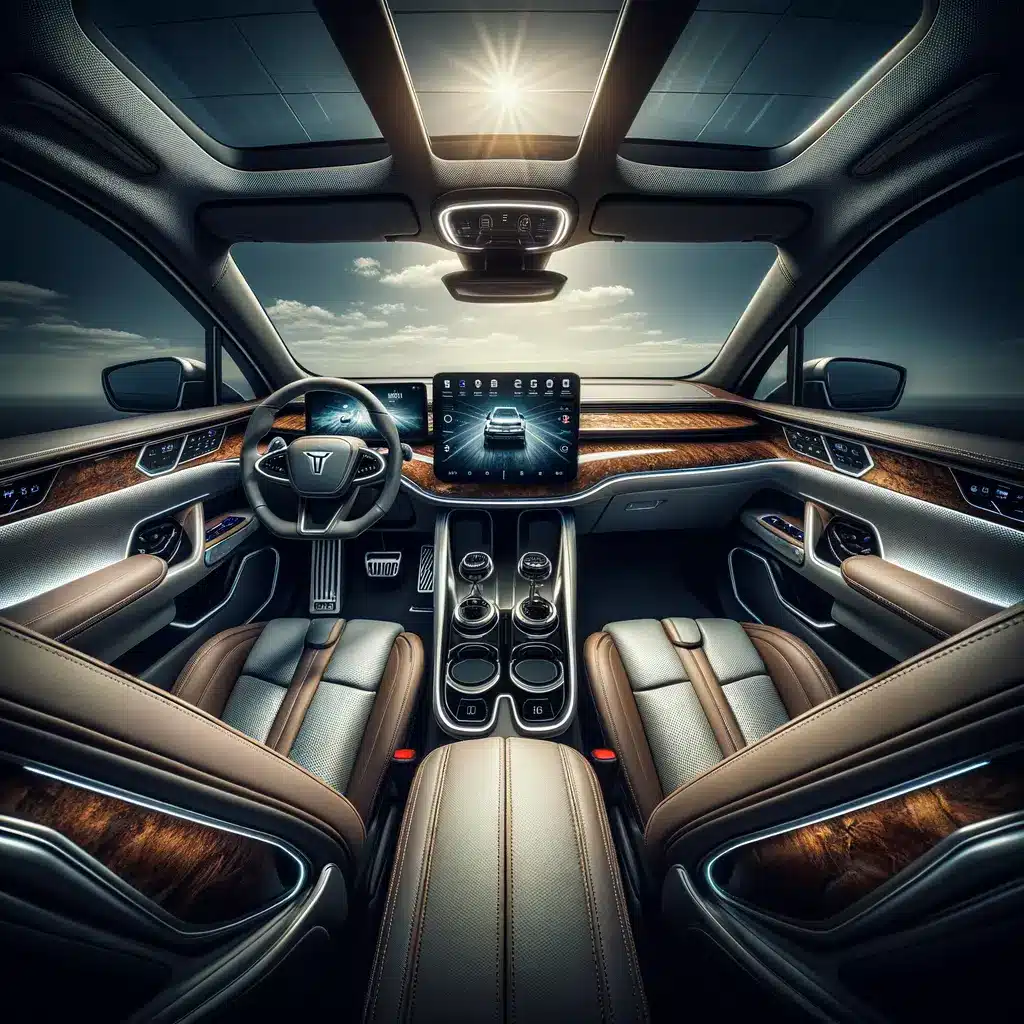
Interior & Tech: Lounge Seating, Smart Screens and 100 W USB-C Everywhere
Step inside the Hyundai Ioniq 9 and you’ll discover why the model is pitched as the ultimate family electric vehicle. A pair of 12-inch curved displays wrap toward the driver, integrating digital gauges with a Google-powered infotainment suite that supports wireless Apple CarPlay and Android Auto. Below, Hyundai has wisely retained tactile climate dials and haptic buttons, so adjusting temperature or the heated, ventilated and massaging front seats never involves hunting through sub-menus. Ambient lighting strips—colour-coded to drive modes—add a premium vibe after sunset.
Row two isn’t an afterthought: outboard seats are both heated and cooled, and buyers can swap the 60/40 bench for captain’s chairs with a walk-through aisle. Each front seat’s arm-rest box opens forward or rearward, letting kids reach snacks without unbuckling. Third-row passengers get their own vents, 100-watt USB-C ports and reclining seat backs; even adults 1.80 m tall sit comfortably thanks to clever floor packaging and foot-well depth. Cargo flexibility is equally impressive: 338 L with seven seats in play, a van-like 2,400 L with rows two and three folded. Thoughtful extras like the digital rear-view mirror, a panoramic “moon roof” and an 88-litre frunk underline that this three-row electric SUV was designed for real-world usability. (The YouTube video review is embedded below for an in-car tech tour.)
Performance & Range: 110 kWh Battery, 385-Mile Potential
Under the flat bonnet sits an 88-litre frunk and—more importantly—Hyundai’s largest battery to date. The 110 kWh pack (about 106 kWh usable) powers single-motor rear-wheel-drive or dual-motor all-wheel-drive variants. Output spans 218 bhp (Premium RWD) to 427 bhp (Calligraphy Performance AWD), with 0-62 mph times falling from 9.5 sec to a sports-car-rivaling 5.0 sec. Most buyers will likely choose the Ultimate RWD, which strikes a sweet spot: 318 bhp, an estimated 0-62 mph sprint of 6.7 sec and up to 385 miles of WLTP range. Real-world testing during our Hyundai Ioniq 9 review returned 2.9–3.0 mi/kWh, equating to 300–350 miles on mixed UK roads with climate control set to 21 °C.
Despite its bulk, the SUV rides comfortably on adaptive dampers and noise-canceling Bose speakers that counter tyre roar. Standard safety tech includes lane-centering adaptive cruise, junction-view blind-spot cameras and a 360-degree surround display—features that make manoeuvring a 2-metre-wide body far less intimidating. If towing is on your checklist, rear-wheel-drive models pull 1.5 tonnes, while all-wheel-drive versions manage 2.5 tonnes—enough for a mid-size caravan or horsebox. In short, the Hyundai Ioniq 9 balances long-distance efficiency with enough punch to merge effortlessly, giving this three-row electric SUV genuine go-anywhere credibility.
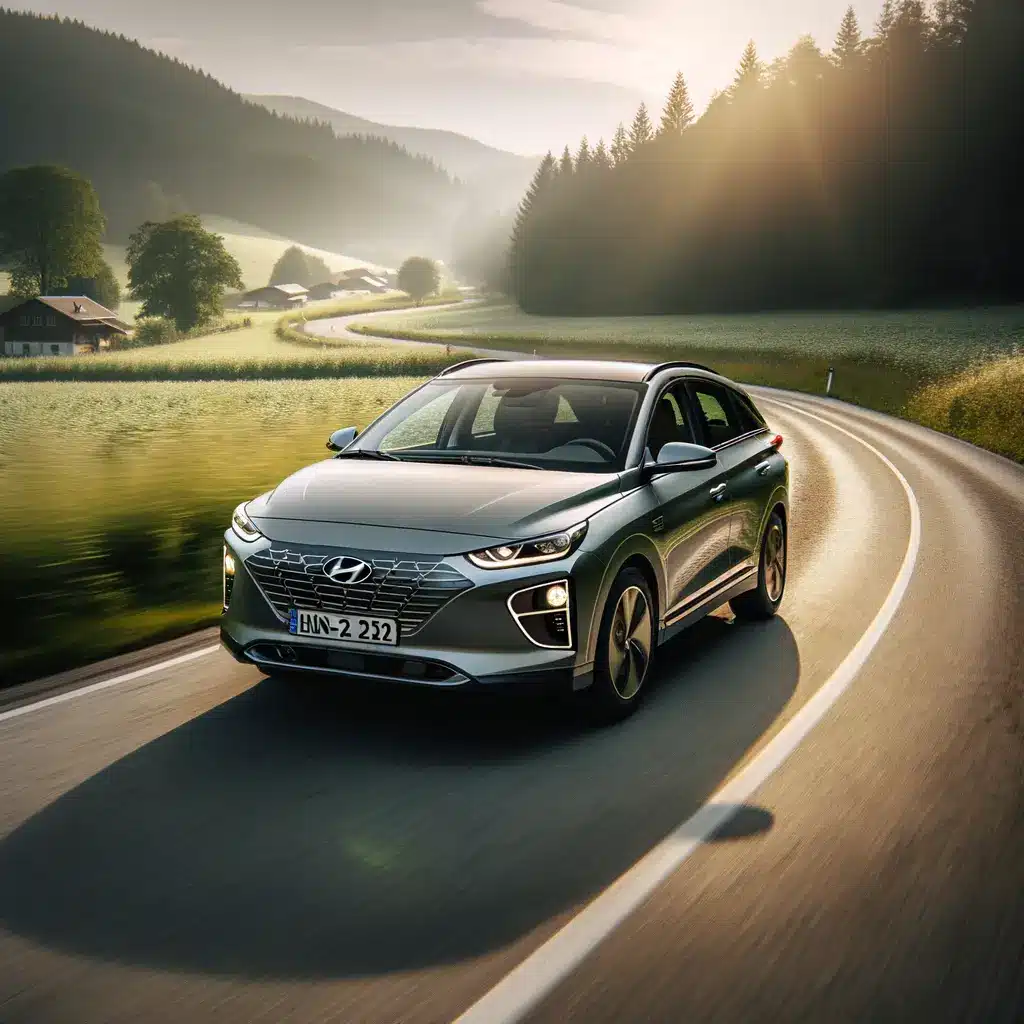
Charging, Towing & Everyday Practicality: Life With a Giant EV
Hyundai’s 800-volt E-GMP platform means the Ioniq 9 enjoys ultra-rapid charging: plug into a 350 kW DC station and the battery can jump from 10 % to 80 % in roughly 22 minutes. Even on more common 150 kW chargers you’ll regain about 180 miles in half an hour—enough time for a coffee and bathroom break with the kids. At home, a 7 kW wallbox replenishes the pack overnight, while 11 kW three-phase capability shortens that further for households with suitable supply. The CCS port also supports vehicle-to-load at 3.6 kW; think camping with a mini-fridge, powering tools on a remote job site or keeping devices charged during a power cut.
Practicality extends beyond electrons. Pop the powered tailgate and you’ll find a boxy aperture perfect for flat-pack furniture. A single switch drops row three, and another pair folds row two flat—ideal for IKEA runs or even camping inside the car beneath the expansive glass roof. Roof rails hold up to 100 kg, and the optional camera side mirrors trim drag coefficient by 0.01, eking out an extra mile or so of the Hyundai Ioniq 9 range. If you’re cross-shopping, our Kia EV9 review notes a similar 800-V architecture but slower 210 kW peak charging, while the Volvo EX90 offers 250 kW but at a significantly higher entry price. For many families, the Ioniq 9’s balanced mix of charging speed, towing capacity and user-friendly storage will hit the sweet spot.
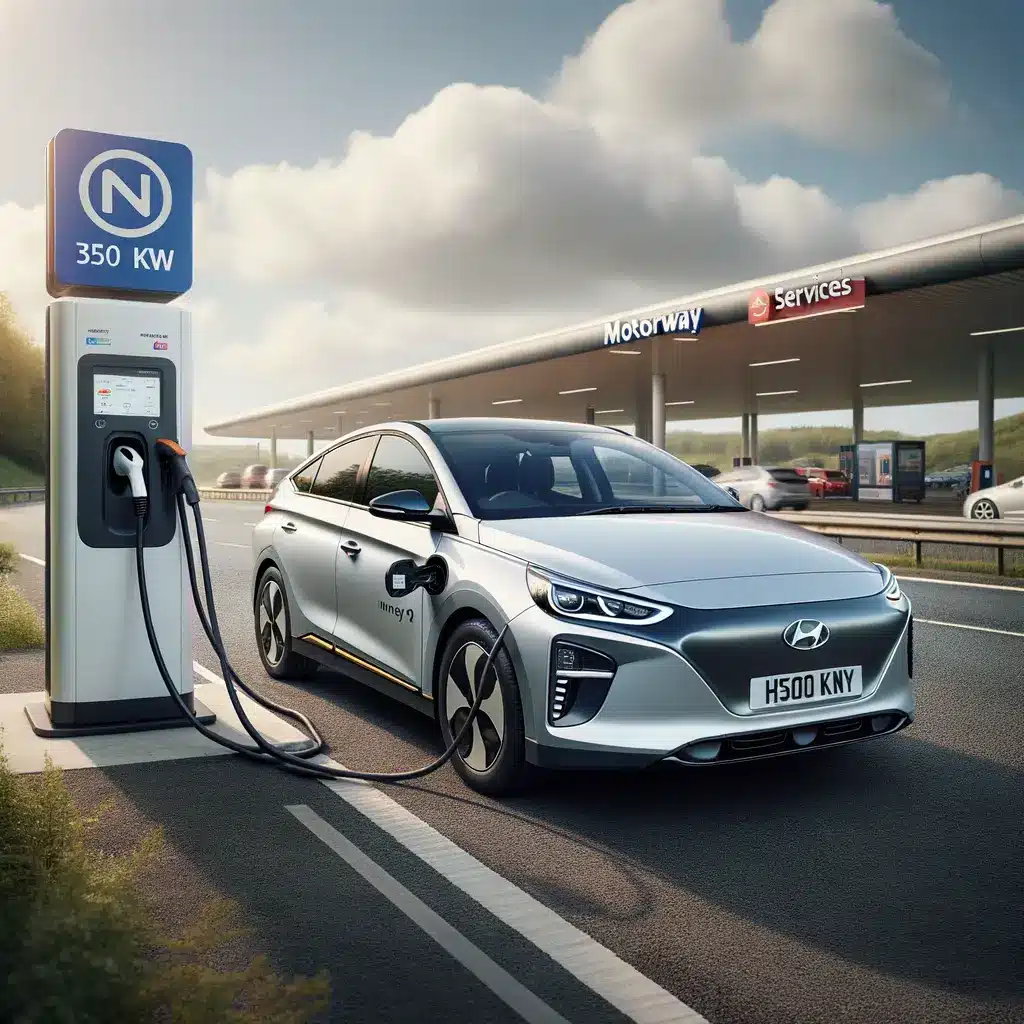
Pricing, Rivals & Final Verdict on the Hyundai Ioniq 9
With a UK starting price of £64,995 for the Premium RWD, the Hyundai Ioniq 9 undercuts its sibling Kia EV9 by a few thousand pounds and is a full £18k cheaper than the entry-level Volvo EX90. Our test-spec Ultimate rings in at £73,500, adding ventilated second-row seats, Bose audio and the digital rear-view mirror. The fully-loaded Calligraphy tops out at £75,800, still far south of six-figure territory yet every bit as premium inside. Standard warranty coverage is the brand’s familiar five-year/unlimited-mileage plan, while the battery is covered for eight years or 100,000 miles.
So, is the Hyundai Ioniq 9 the three-row electric SUV everyone’s been waiting for? Our answer is a confident yes. It combines cavernous space, clever tech and genuine long-distance capability in a package that feels as polished as competitors costing significantly more. Families graduating from diesel MPVs or large crossovers will appreciate its towing muscle and easy-clean interior, while early adopters will love the ultra-rapid charging and vehicle-to-load party tricks. If you’re still weighing options, check our guides to the Hyundai Ioniq 5 for a smaller footprint or to home EV charger installation for cost-saving tips. But for most households needing seven seats, long range and a premium cabin, the Hyundai Ioniq 9 delivers exactly what the segment has been missing—and does so at a price that keeps electric mobility within reach.
